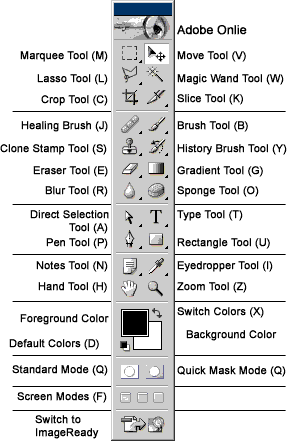

Opens menu which moves, minimize, maximize, close the current windows. To manage a number of the window in the screen (to divide screen) OTHER MOST USED COMPUTER KEYBOARD SHORTCUT KEYS For example, you could press Ctrl + D now to bookmark this page. What is the Ctrl D?Īll major Internet browsers (e.g., Chrome, Edge, Firefox, Opera) pressing Ctrl + D creates a new bookmark or favorite for the current page. So, in the latest version of Photoshop there was this feature added which lets you Alt + Click on a layer thumbnail and the content of that layer is then centered and zoomed to fill your whole document window (also your floating document window is unnecessarily maximised, which is petty annoying). Photoshop puts the pasted image on its own layer and creates a layer mask for you, as Figure 7-2 illustrates. Use this command to paste an image inside a selection you’ve made (in other words, inside the marching ants). The keyboard shortcut for this command is Shift-⌘-V (Shift+Ctrl+V). Clicking with the Magic Eraser tool converts image pixels into transparent pixels. The Magic Eraser tool works on any traditional Photoshop layer, as well as the Background layer. The Magic Eraser tool functions the same way as the Magic Wand selection tool, except that instead of selecting an area, it erases it. How does Magic eraser tool work Photoshop CC 2017?.What is Background eraser tool in Photoshop?.How do I adjust the magic eraser in Photoshop?.Move selection (in 10-pixel increments) Shift–Arrow keys. Move selection (in 1-pixel increments) Arrow keys.

What is Ctrl Alt in Photoshop? Ctrl–Alt– drag selection. Win+left arrow or Win+right arrow: Snap windows. No matter what program you’re running, Ctrl+Z will roll back your last action.
#Photoshop shift command e free
Free Transform.įurthermore, What are the 20 shortcut keys?Ĭtrl+Z: Undo.

Therefore, What does Ctrl 3 do in Photoshop?Ĭommand + 1 (Mac) | Control + 3 (Win) displays the first channel of the document.Īs well, What is Shift F5 in Photoshop? Shift + F5. This adds a flattened version of the image to the new layer but leaves the layers intact too. Come back our next Tech Tuesday post on combining two images.Add a new empty layer to the top of the layer stack, click in it and press Ctrl + Alt + Shift + E (Command + Option + Shift +E on the Mac). This technique will come in really handy for our next blog post. Using Stamp Visible, we were able to create one layer with the color-corrected image (the combination of the original image and the adjustment layer) while maintaining the individual layers. Voilà! You now have one new layer which contains everything you see. Press and hold the Ctrl + Shift + Alt keys, and then tap the letter “e” (Mac = Command + Shift + Option, then tap “e”). Unless you are very dexterous, you have to use both hands. It copies all the visible layers and then merges them together into a new layer, keeping the existing layers separate. (Typos on a text layer are what we usually end of having to correct down the road.) Yes, you could select and duplicate all your layers (Layer > Duplicate Layers) and then merge the duplicates (Layer > Merge Layers).īut my “secret” way to do that is with one keyboard shortcut: Stamp Visible. But you might want to keep the individual layers intact because you never know when you might need to do some tweaking on an an individual layer. You could flatten the layers (Layer > Flatten image) which would merge all of the layers into a single layer. Unfortunately, filters just work on ONE layer at a time, so how can we do this with our image? In our blog post about levels, we corrected the color of an image using a Levels Adjustment layer. Let’s say we want to add a filter to one of our many-layered images. We’ve written many posts on the advantages of using layers in Photoshop or Photoshop Elements, but sometimes we need to combine some or all of the layers together to perform a certain task. This is Deb with one of my all-time favorite Photoshop shortcuts: Stamp Visible.


 0 kommentar(er)
0 kommentar(er)
